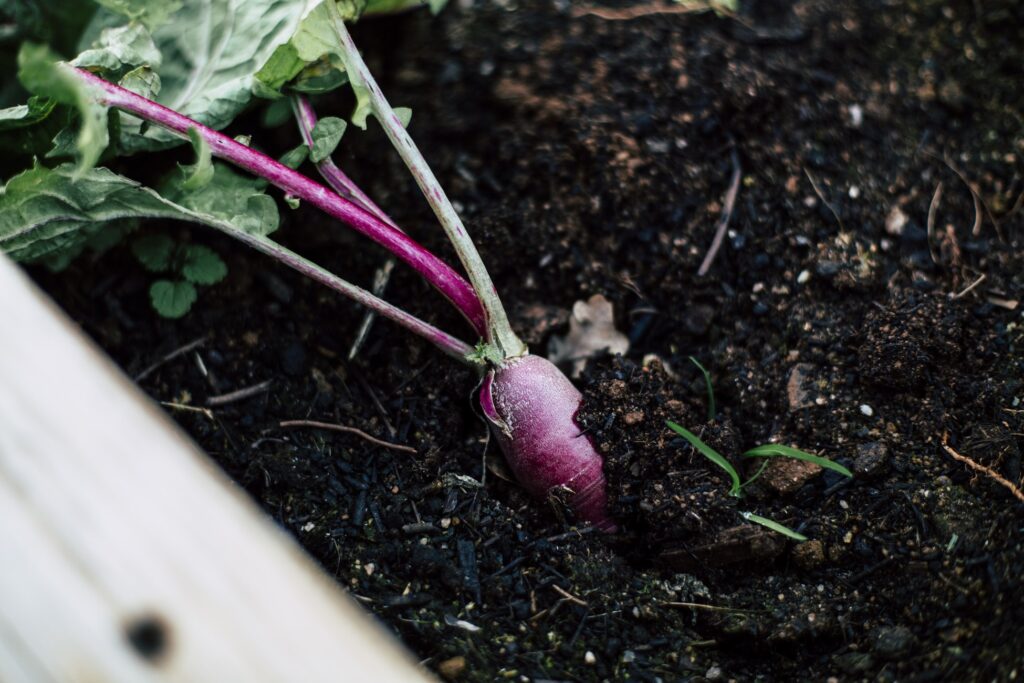
Article for the Puslinch Pioneer, by Heather Rajotte
Q: I want to grow my own vegetables, but I don’t have any space in my garden. How can I make it happen?
A: There are countless ways to incorporate home grown vegetables into your garden, thanks to the development of many varieties meant specifically for containers.
These container varieties will usually be of smaller size and bushy stature, as opposed to climbing or rambling growth types. That means there are some species you will not see available, such as zucchini or pumpkin, but there are many other wonderful vegetables that will be available to you. The most popular are tomatoes, cucumbers, lettuce, beans, peas, herbs, peppers, and even some small potato varieties. Look for labels such as ‘container size’ or ‘bush type’. These will usually be available in seed form, however more and more garden centres are now bringing in young plants as well, during the May planting season. You can also get container fruit shrubs that stay small, such as raspberries and blackberries. Check your local garden centre or nursery to see what they have!
Once you have found your supply of plants, it’s a matter of choosing what you want to eat. Most vegetables require pretty much the same things: sunlight, water and fertilization. Keep in mind that containers dry out much faster than a garden bed, so you will have to water and fertilize your vegetables a bit more often than a typical bed planting. Other than that, all you need is a mostly sunny location to place your containers. Be creative with your combinations of vegetables, and consider things like harvest time, flower or fruit colour, scent, and height. The labels on the seed packages or plant tags will tell you what to expect. Be mindful of the mature size of the plant – vegetables aren’t as tolerant of overcrowding as annual flowers are.
If you are starting your plants from seed, some types may benefit from early seeding indoors (such as tomato and peppers), while others are best planted directly outside (beans and peas fall into this category). Be sure to use containers with adequate drainage, and a container or potting mix. If you are planting young plants directly, be mindful of overnight temperatures.
One other thing to consider is pest control. Vegetable and fruit plants can be a bit more susceptible to pests and disease than flowers. Consider planting companion flowers such as marigolds and nasturtiums with your vegetables. They provide a beautiful visual display of colour, and often act as a natural deterrent to most insects and rodents. Their flowers are also edible – a nice bonus! Insecticidal soap is also a handy thing to keep on hand – it will help with the most common insect pests.
With a little creativity and patience, you can enjoy the fruits of a vegetable garden in just a few square feet using containers and your deck or patio. Grow lots and have fun!
*Photo above by Heather Rajotte – container grown beans+ peas daily harvest
